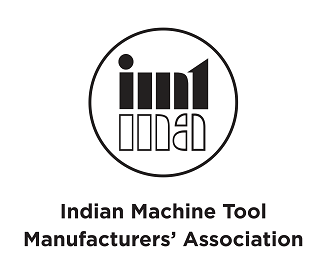
Forming Technologies with Promising Deployment Potential in India
Whereas, there have been many interesting and promising developments in Forming Technologies but somehow either their potential has not yet been noticed by Indian Manufacturing Industry or there has been Information / Confidence / Comfort Level Deficit. Some of these Technologies are being listed with the promise they carry. ISFT20 is going to showcase all of these for more information and details.
1. Integrated Functionalities in Press Brake : If the following functionalities are deployed there could be dramatic improvement in Safety, Quality and Productivity for Industries engaged in making Cabinets, Enclosures and Chassis for Switchgear etc.
- Comprehensive Laser Safety for finger protection
- Automation of Back Gauging Block
- Automation of Loading / Unloading of Tools
- Automation of Job Manipulation by Cobot
- Adaptive Air Bending with In Process Laser Monitoring of Bend Angle
- Integration of Press Brake with CNC Punch Press / Laser Cutting
2. Laser Hardening cum Cladding : Stamping Dies get distorted while Flame Hardening and that increases the Tryout and Proving effort and time unpredictably. With Laser Hardening there are hardly any distortions reported hence it makes lot of sense to invest in a Robot with Laser Hardening. It is very easily possible to add Laser Cladding Head in the same setup which could be used to rebuild the worn out or modified surfaces of Dies.
3. Pipe Bending with seam detection and automated optimal orientation : Majority of Pipe Benders use pipes with invisible seam and when the pipes are bent so that there is higher stress at seam the seams do open. It is possible to add an eddy current based seam locating sensor with CNC control to orient the pipe such that the seams lie at lower stress area. This would help brining down rejection level considerably.
4. Smart Automation in Press Lines : When Robots are retrofitted in Tandem Press Line there are always limitations of optimizing the Robot trajectories in the interest of maximizing the Strokes per Minute (SPM) as per Press specs. When the speed and acceleration of Automation is increased the flaccid sheet part / blank starts vibrating and loading must wait for vibrations to die out. Latest Automation Technology comes with active damping to provide much higher SPM.
5. Press / Die Signatures : In line with Industry 4.0 implementation it is possible to record the vibration, force, deflection, flywheel slowdown signature while producing an OK part. The Smart Automation can check the data acquired on fly for every part produced and give warning should the graph deviate significantly with respect to signatures. This will take care of deterioration / malfunction in Press, Die as well as variability in sheet or even lubricant.
6. Rotary Swaging and Axial Forming : In quest of light-weighting and with onslaught of Electric Vehicles the Car Industry will soon switch over to hollow drive shafts and spline shafts formed out of sheer by Axial Forming and Rotary Swaging. Going further these are poised to be the technologies to watch for.
7. Adaptive Welding Fixtures and Positioners : While welding a pipe on a plate it is desirable that welder stays at his place and concentrates on maintaining arc gap and fixture rotates the job at the welding speed. If there is a separate motorized control the uniformity of weld depends on welder’s skill; but if the motor adjusts the speed based on rate of melting than irrespective of welder’s skill the result could be much better. With Robotic welding also there is certain need of coordination of Fixture / Positioner with Robot and its rate of welding.
8. Fine Blanking : This is very old and interesting technology which can replace machined parts with sheet formed parts, but it has been a neglected technology in India. There is general perception that Dies for Fine Blanking are prohibitively maintenance prone and expensive. It is a matter of some local Die makers to develop Die Design and Repair competency and this promising technology with disruption potential could just fall in place.
Avinash Khare
Consultant & Head
IMTMA Technology Centre, Pune
© IMTMA 2025. All rights reserved
